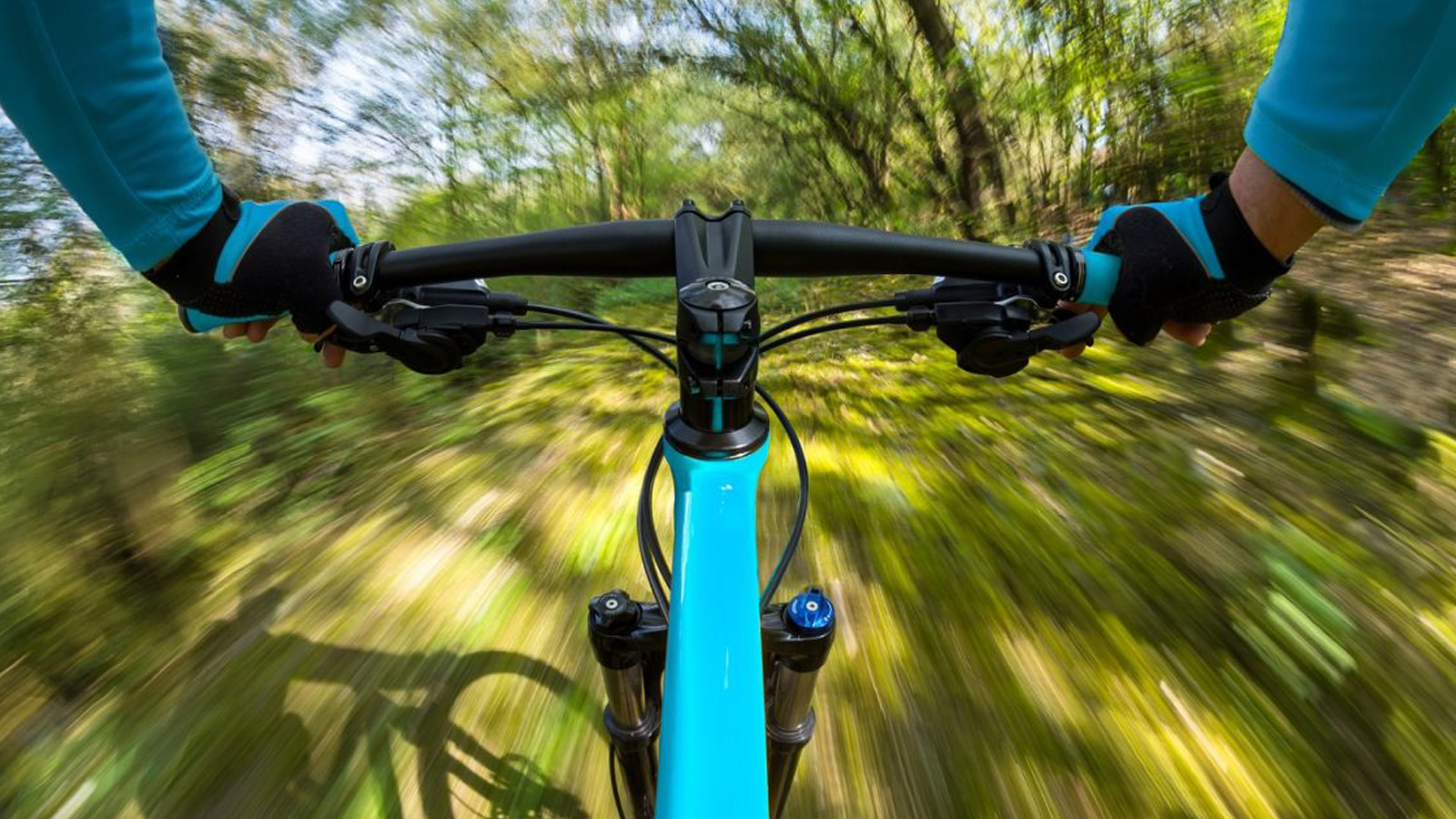The truth about handlebar width
Handlebar choice is more than deciding whether to go with aluminium or carbon options - the most important issue is width

Handlebar width is a vital consideration on your mountain bike. It is the most direct steering influence you can activate when riding and there exists a very broad choice of handlebar widths.
But what width is the best for you? That is an interesting question, as few mountain bike components have grown in size, quite as much as handlebars.
If you were considering an extreme terrain 160mm enduro mountain bike in 2009, it had a handlebar that was at the most, 700mm wide. At the time that was considered a perfect leverage length for the purpose of steering and balancing a rider’s weight when descending technical terrain.
By comparison a 2019 enduro bike can be ordered with 800mm handlebars. The increase in handlebar width over the last decade might only calculate to 15% per cent, but percentages don’t quite convey how radical the evolution has been.
Handlebar and stem adjustments ordinarily happen in very modest increments, where 5mm is considered big change, yet we have seen aggregate handlebar width grow by 100mm over the last decade.
The question is whether we have now possibly reached a tipping point?
If the design logic is that a wider bar puts you in a more powerful position to absorb terrain impacts, and gives a rider the ability to correct front-wheel deflections with less risk of cashing, what happens when handlebar width grows too generous?
Closing the gap
Terrain does limit bar width. Clipping a handlebar when threading through a particularly narrow portion of forest singletrack can scuff open a glove, fracture a finger or at worse: cause a substantial accident, with rider separating from bike.
Unless ever trail builder actively measures the narrowest point of their trail, at handlebar height, and posts it as a notice at the trail entry, you’ll never know if you are riding a handlebar that is perhaps too wide for terrain.
The reality is that those exceptionally narrow portions of trail are but a decimal percentage of our overall riding experience. One cannot configure your handlebars for the eventuality of half a metre of narrowly stacked trail, on a ride where you are rolling thousands of meters.
It stands to reason that we cannot use densely forested terrain as an overriding parameter for selecting handlebar width. A superior guide is physiology, and more specifically: shoulder width.
How wide is too wide?
The upper echelon appears to be 800mm. As bikes have grown longer the influence of leverage has altered.
A longer bike is inherently more stable and requires a bit more handlebar leverage to activate an initial steering response. With frame geometry stretching and mountain bikes become more stable, the need for wider handlebars have been justified.
But handlebars can also be too wide. The widest production ‘bars reach over 800mm and there is a very limited market for them. Even the most committed gravity riders and downhill daredevils can’t find use for a handlebar that much greater than 800mm in width, unless they are exceptionally tall or broad shouldered.
Ten years ago, handlebars were way too narrow, at between 620- and 700mm, depending on the application. As with any experimental trend, they have become a tad too wide, exposing shoulder rotation issues and possibly placing smaller riders in a weaker position on their bikes. The case for an average trail rider to be using a handlebar around 800mm is very unlikely.
The best compromise between that extreme length that handlebars have grown to for World Championship downhill racing, and conventional trail riding, appears to be 760mm. Which is what most competitive international enduro World Championship riders are utilising.
Handlebar evolution has been another example of how the mountain bike evolves best as a system, instead of isolated components. When wheels easily punctured and rims were weak, tyres had to be run at very high pressures to keep you moving.
With improved tyre casings and stronger wheels, we can now run lower tyre pressures, which generate greater grip. That has meant high corner entry and feature approach speeds, which in turn required an advance in handlebar size, to balance the rider and transfer steering inputs.
As with any trend or reaction to advancement in one aspect of mountain bike design, handlebar width went too far on the spectrum. Moderate your decision a touch and you'll find the best fit: which is between 750- and 800mm, and certainly not below or beyond that.

Lance Branquinho is a Namibian-born journalist who graduated to mountain biking after injuries curtailed his trail running. He has a weakness for British steel hardtails, especially those which only run a single gear. As well as Bike Perfect, Lance has written for MBR.com, Off-Road.cc and Cycling News.
